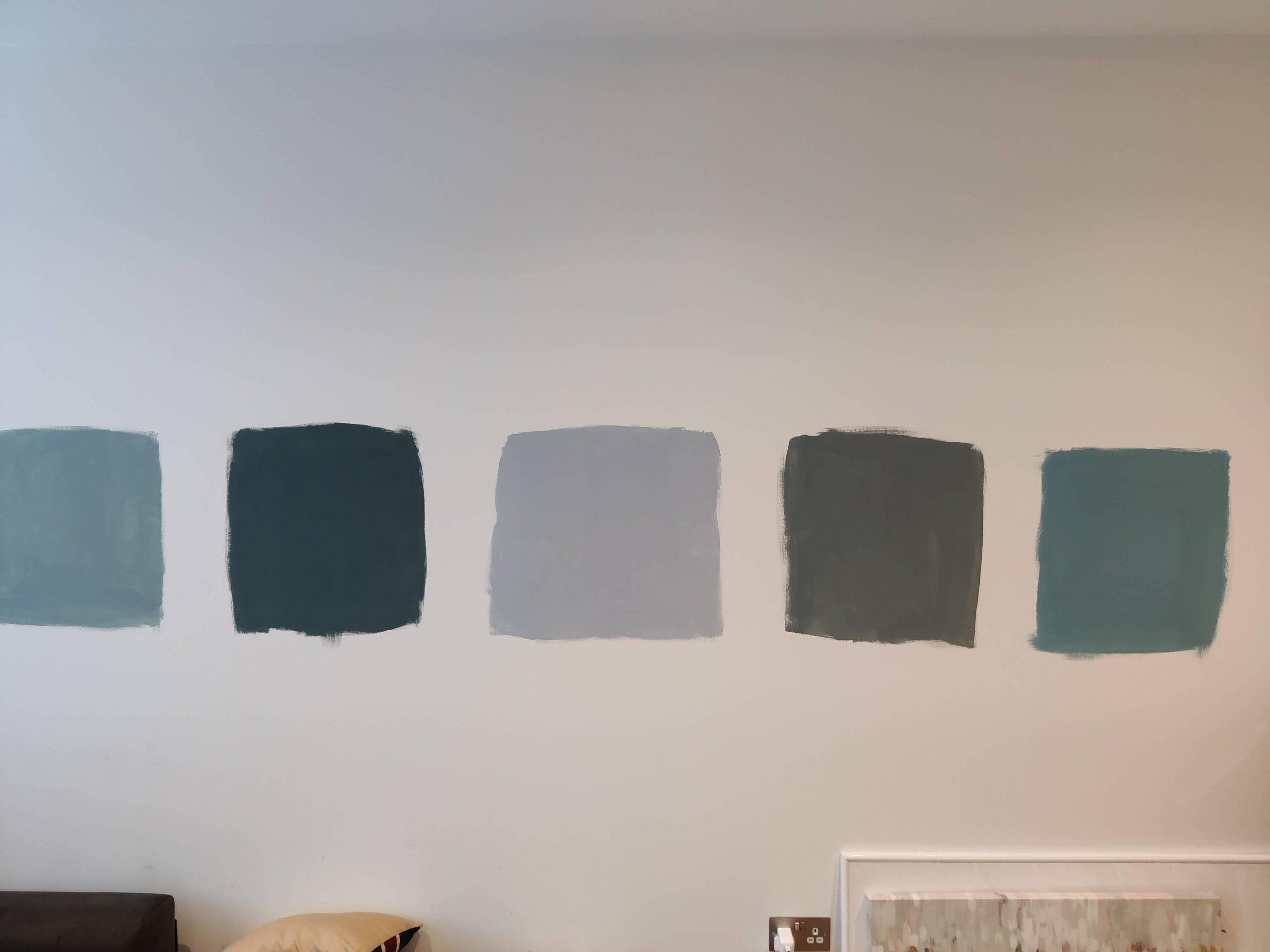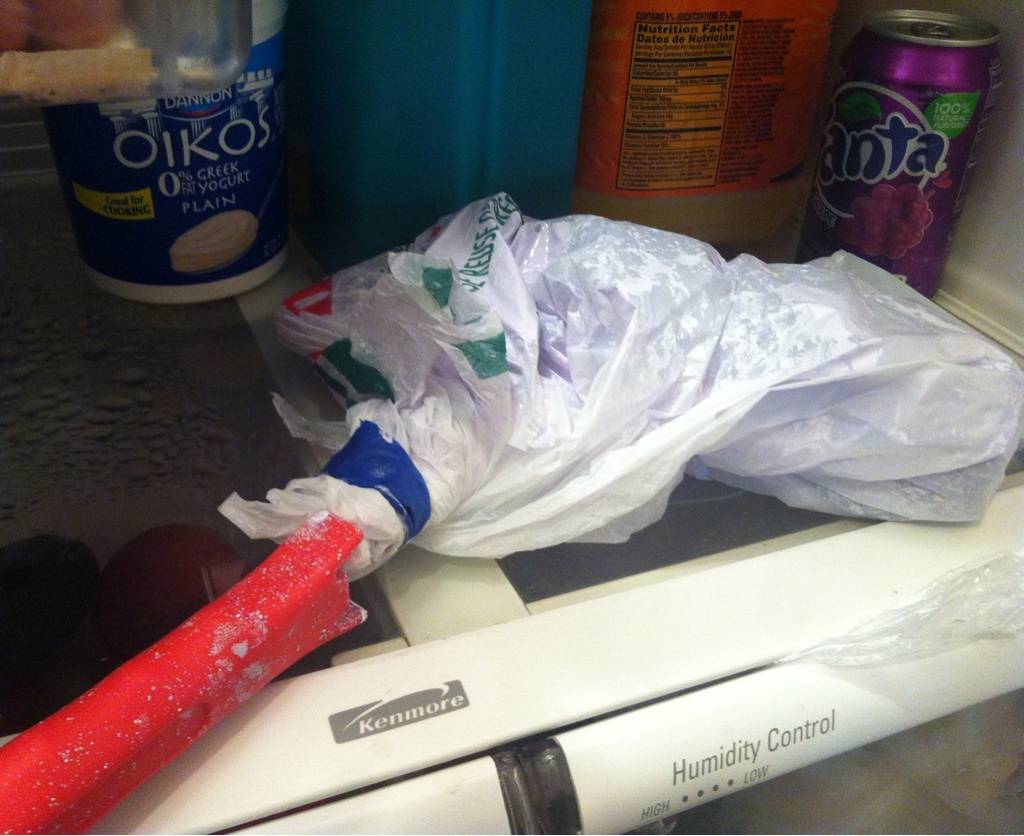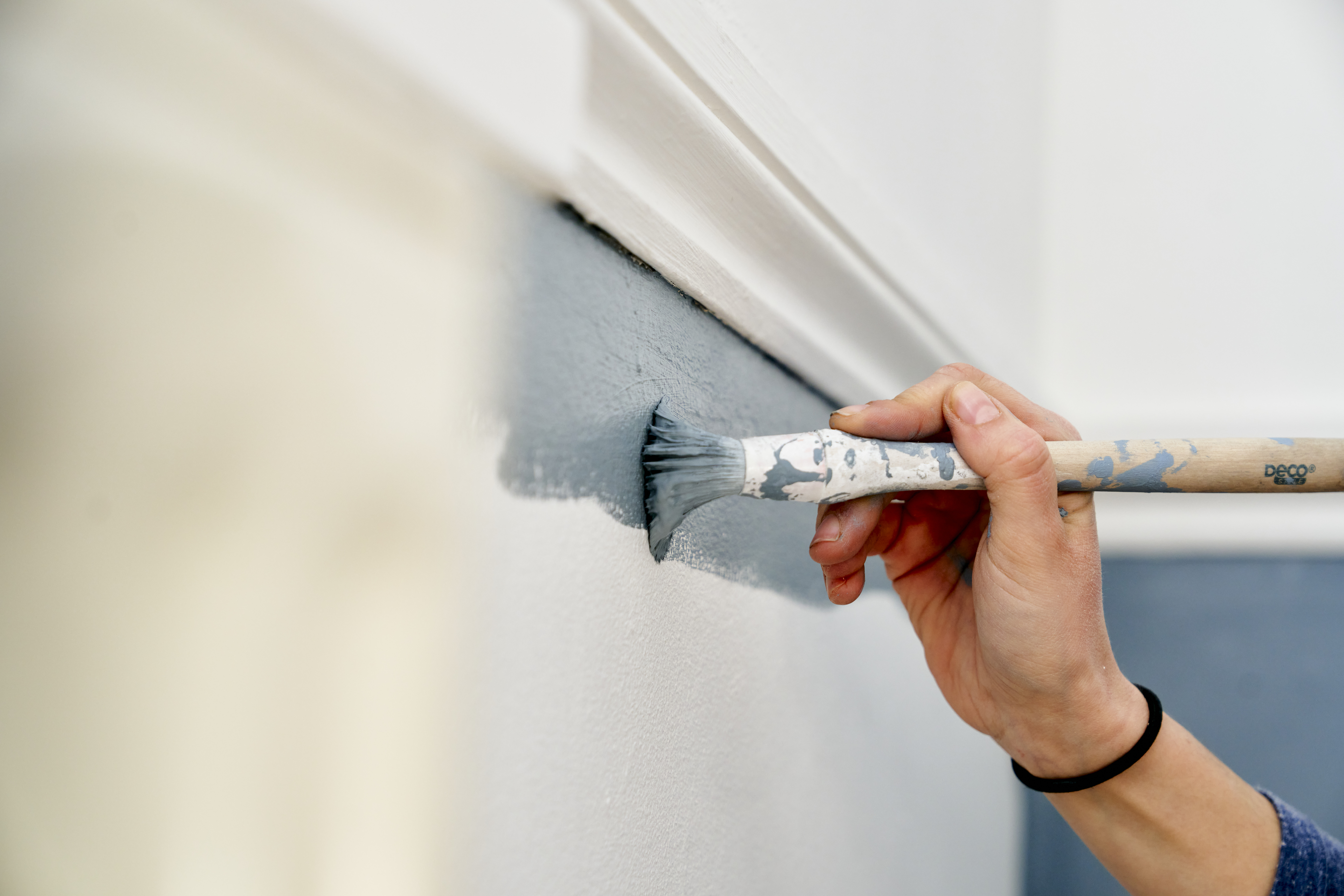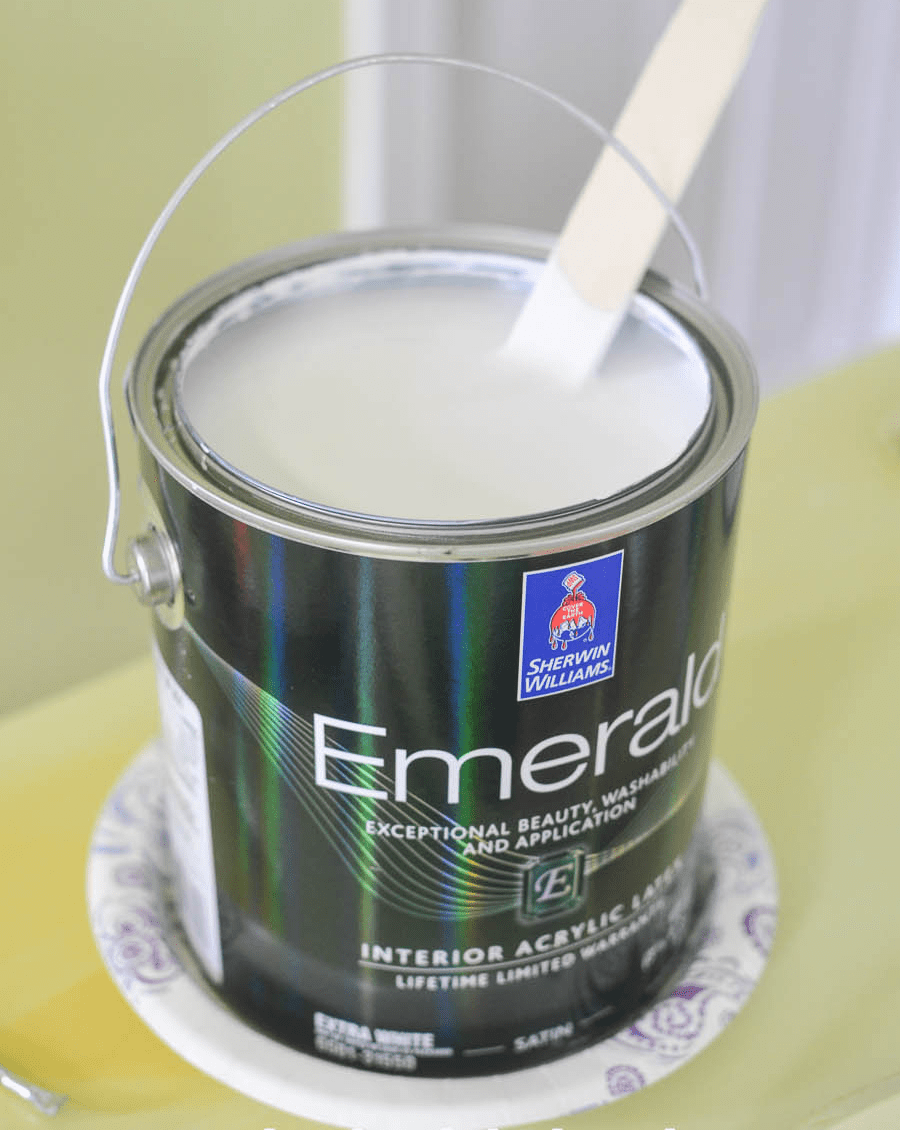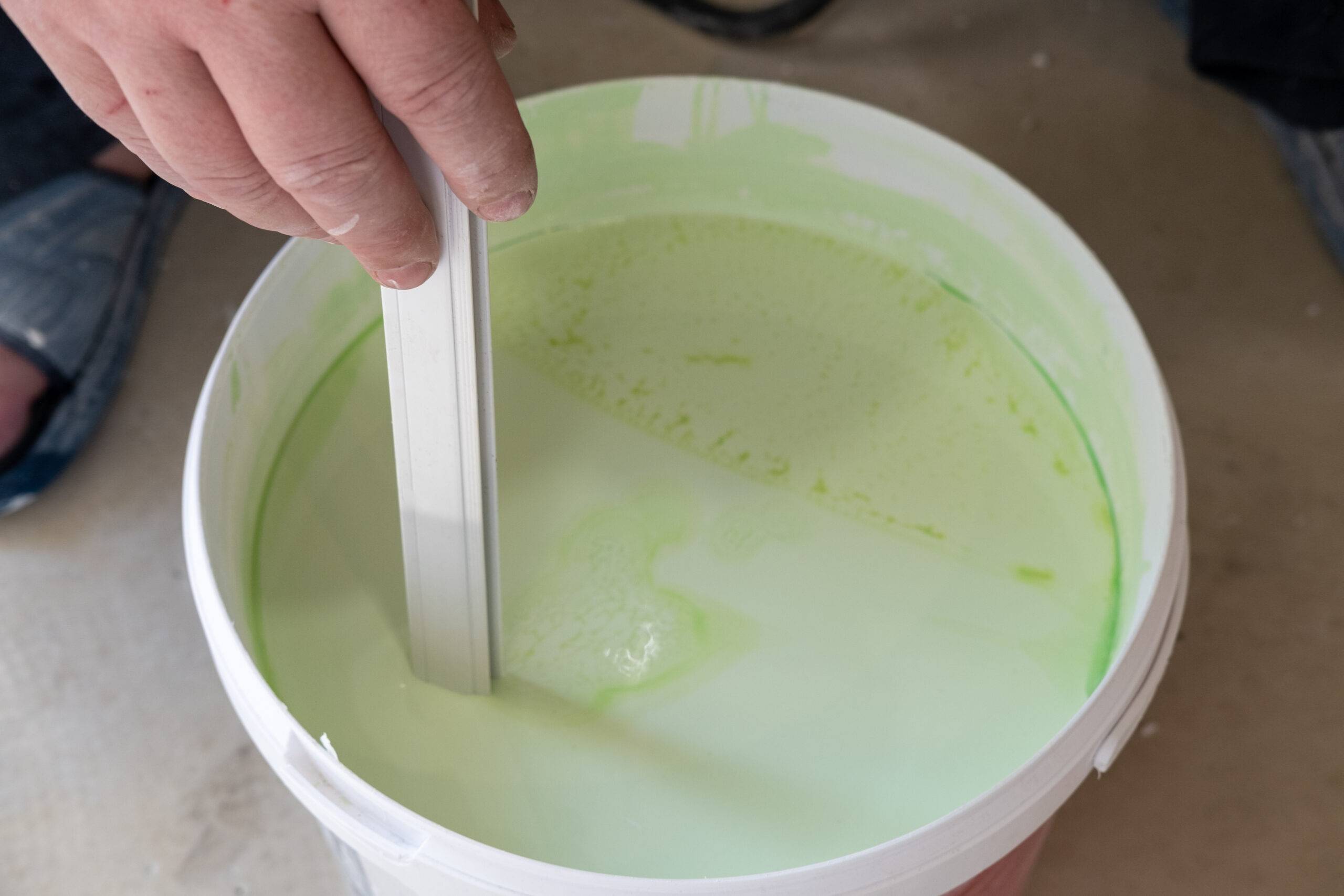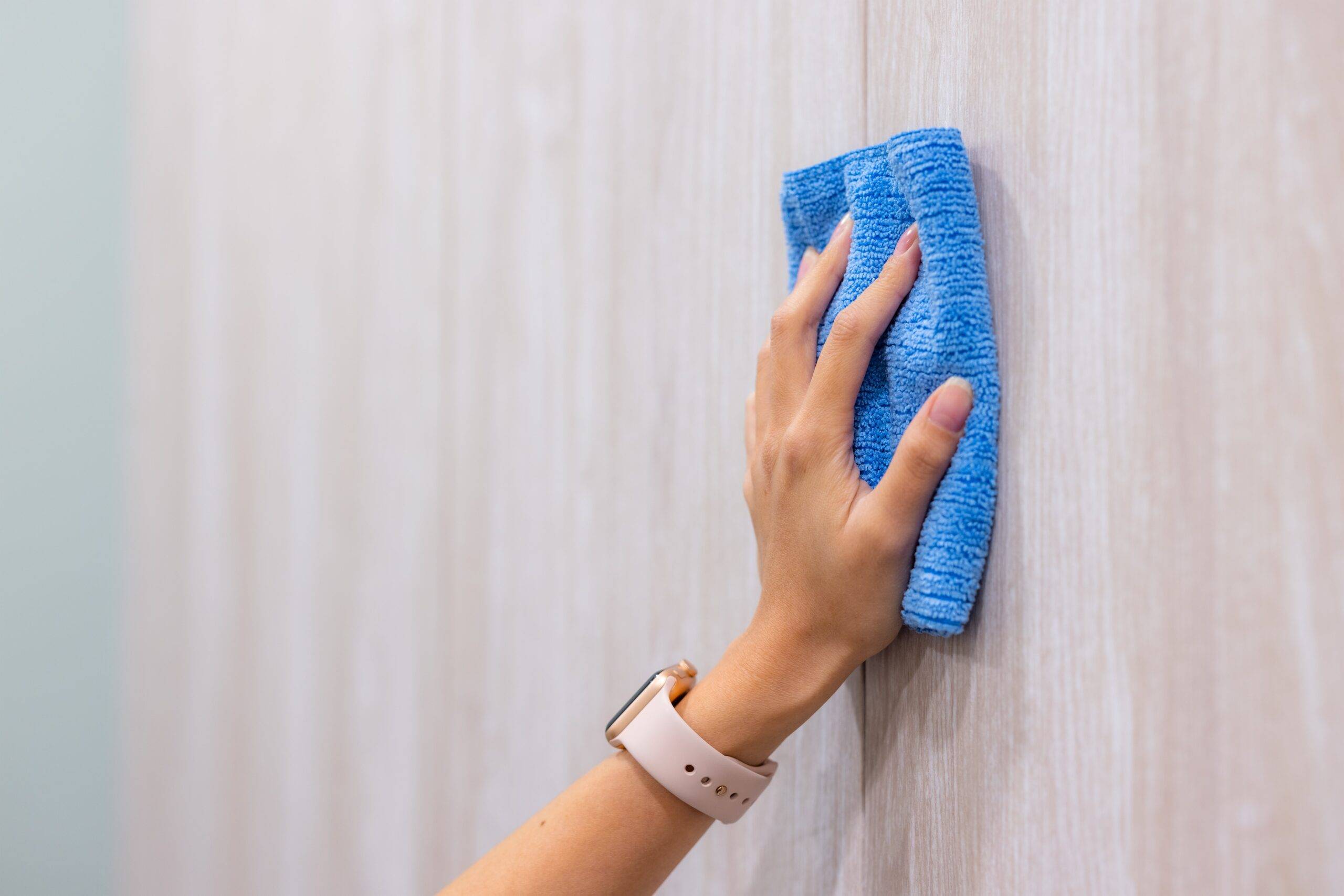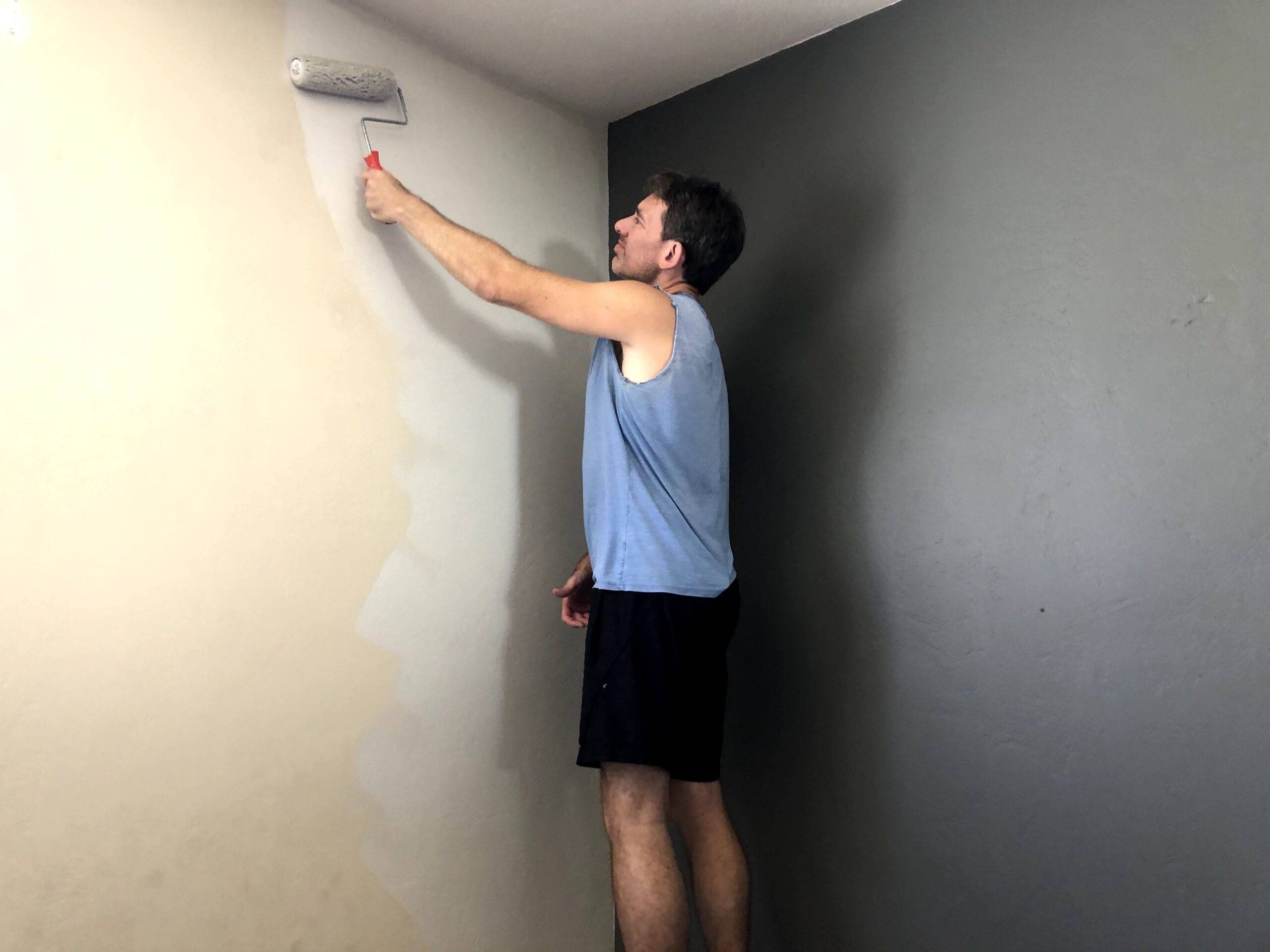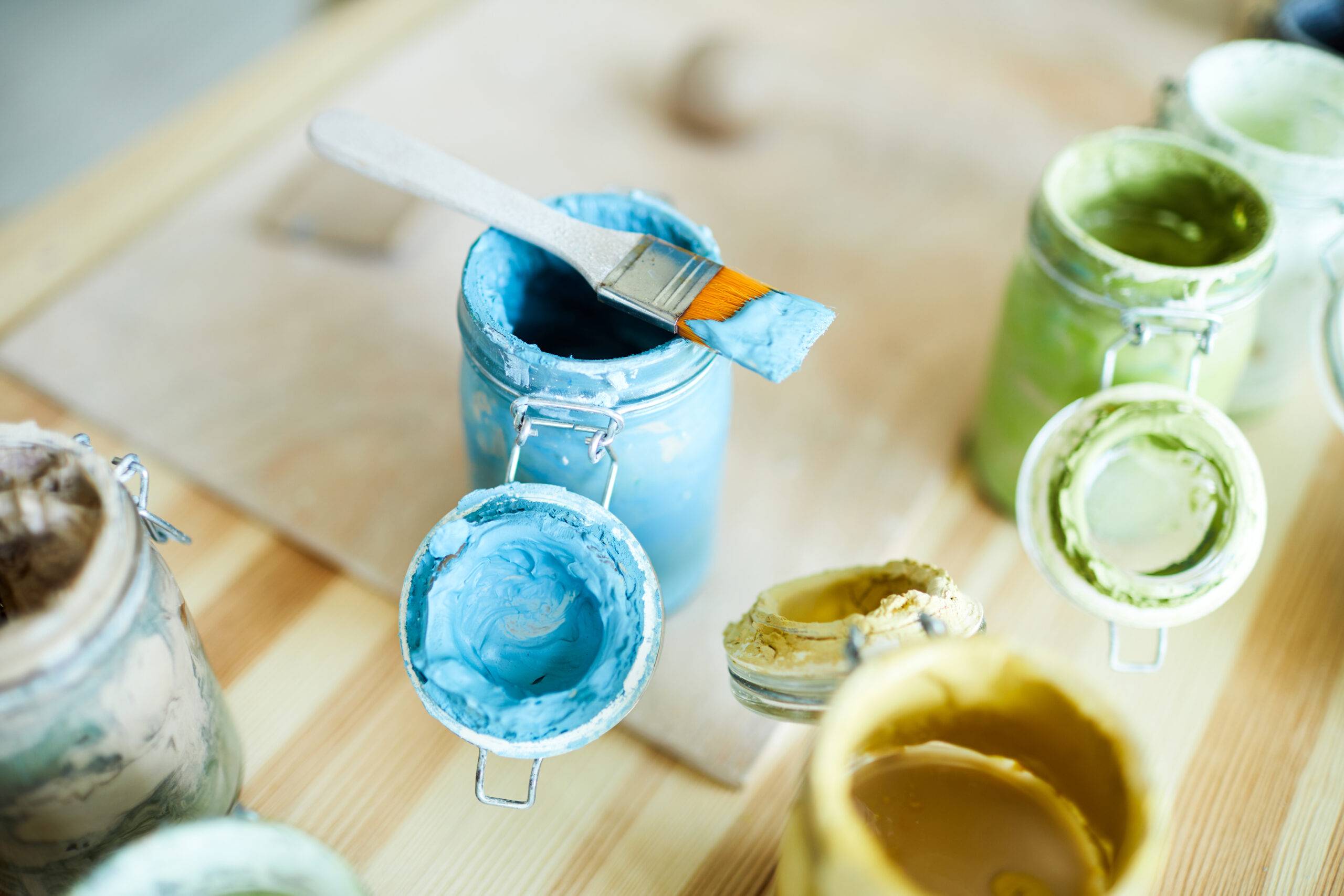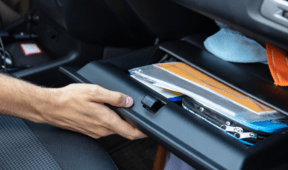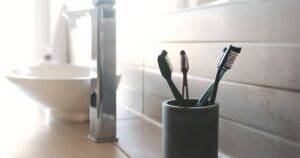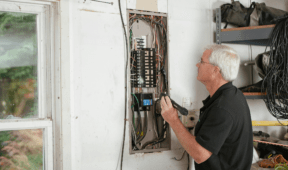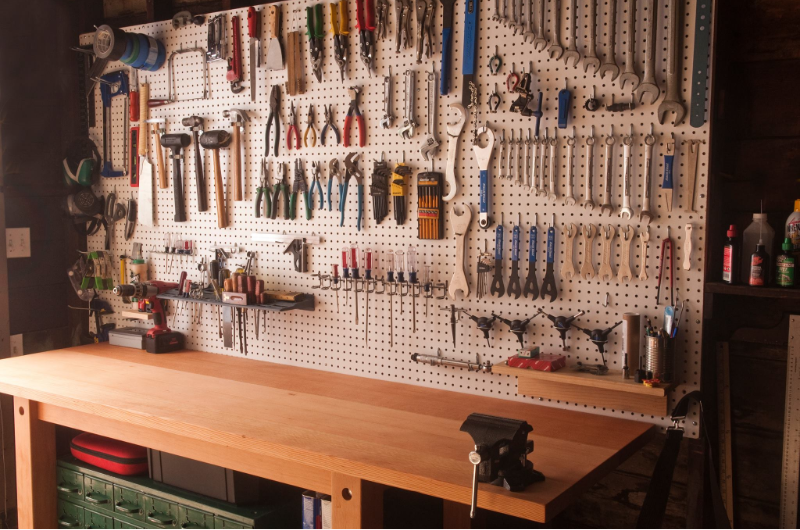Expert Painting Tips To Improve Any Paint Job
Painting a room seems like an easy DIY until you’re halfway through and wondering why it doesn’t look as good as you hoped. Whether it’s streaks, uneven color, or paint on places it shouldn’t be, a few small, beginner mistakes can add up. But you don’t need to be a professional to get better results. With a few simple changes to how you prep, paint, and clean up, you can make any paint job look much more polished.
Test Your Colors
Paint always looks different on the wall than it does in the can or at the store. Lighting changes everything, and the type of light a room gets can drastically change how a certain tint shows up on your wall. Before you buy a full gallon, try a small sample in the room. Let it dry and look at it throughout the day. This helps you avoid picking a color you regret once it’s all over the walls.
Wrap Your Brushes and Rollers Between Coats
If you’re taking a break or waiting for a coat to dry, don’t wash your tools just yet. Wrap them tightly in plastic wrap or a grocery bag, then stick them in the fridge. Yes, the fridge. It keeps the paint from drying out so you can pick up where you left off later without wasting time or supplies.
Skip the Painter’s Tape (Sometimes)
Tape is helpful, but it’s not always necessary. If you’re painting a wall next to a surface you’re confident around, like a baseboard or ceiling edge, use a small angled brush and go slow. It saves a ton of time and lets you avoid the mess that sometimes comes from pulling tape off too soon or too late.
Use a Plastic Plate Under Paint Cans
Setting your paint can on a plastic plate or old container lid catches all the drips and makes cleanup much easier. You can even use a rubber band across the top of the can to wipe your brush and avoid paint running down the sides all-together. It doesn’t seems like much as you’re working, but when it comes time to clean, you’ll see how much easier it is.
Don’t Skip Stirring
Paint separates in the can over time. If you don’t stir it well every time you use it, the color and texture won’t go on evenly and you’ll see patchy spots on your wall. Use a paint stick or even a clean wooden spoon and give it a few solid minutes. Do this each time you pour more paint into your tray, not just once at the start.
Use a Flashlight to See Missed Spots
After your first coat dries, shine a flashlight or your phone light across the wall at an angle. This will help highlight spots you might have missed or areas that look thinner/patchier than others. It’s an easy way to catch imperfections before you start cleaning everything up.
Keep a Damp Cloth Handy
Even if you’re being careful, you’re probably going to get paint on something like a light switch, a doorknob, your floor . Keep a damp rag nearby to wipe mistakes as soon as they happen. It’s easier than trying to scrape dried paint off later.
Paint One Wall at a Time
Instead of cutting in the edges of the whole room and then rolling everything, try finishing one wall before moving to the next. It keeps the paint looking more even, and you’ll feel like you’re making progress faster, which can keep your motivation up on longer jobs.
Save the Leftovers
After you’re done, pour leftover paint into a clean jar with a tight lid, something smaller than the original can. Label it with the room and color name. This saves space, keeps your paint readily available, and you’ll have just enough if you ever need to touch up small spots in the future.
Related Articles
- The Genius Reason For Adding Sand to Paint
- Tips For Painting Trim Perfectly Every Time
- Door-Painting Tips That Will Guarantee A Professional Result

